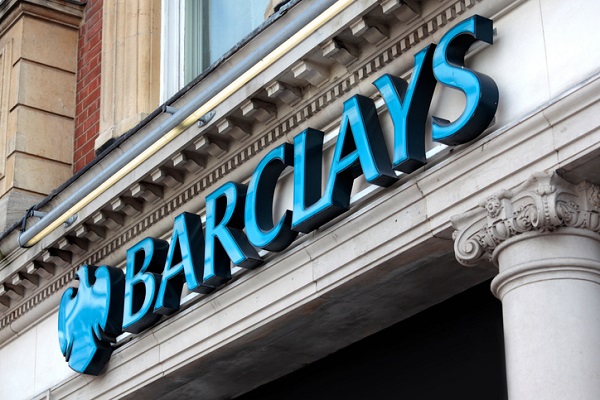Barclays bears focus on negatives in Q1 numbers
Financial strength and benefit of diversification both by business type and geography continue to shine.
30th April 2021 08:08
by Richard Hunter from interactive investor
It boasts financial strength and diversification but there's disappointment at the bank's latest results.

This may have been a record quarterly profit, but under the bonnet the situation is not as straightforward.
Unlike its peers, Barclays (LSE:BARC) did not make a provisions release but rather a significantly smaller impairment charge, of £55 million. This compares to £2.1 billion a year ago, and is the key driver for a somewhat cosmetic boost to the profit number.
In terms of actual trading, income fell and costs rose, with the inevitable effect of a worsening cost/income ratio, up to 61% from 52% the previous year.
These factors have led to some investor disappointment in early trade.
- Bill Ackman: THE serious threat to investors in 2021
- Stocks that made you a fortune in the 2020-21 tax year
- Check out our award-winning stocks and shares ISA
On the income side, the sector is being squeezed by historically low interest rates and Barclays is no exception. Net Interest Income fell by 21% and, overall, the group figure fell 6%, with decreases of 1% in the investment bank (against strong comparatives), 8% in Barclays UK and 22% in the Consumer, Cards & Payments business where the increasingly familiar theme played out of consumers paying down debt and accumulating savings at the expense of income to the bank.
Meanwhile, continued investment in the business and costs relating to “structural actions,” as the bank considers a redesign of parts of the business, resulted in operating expenses rising by 10%.
More positively, Barclays also reaped the benefit of strong mortgage demand, leading to a record quarter of organic growth, while the investment bank picked up much of the slack from underperforming units elsewhere, despite itself reporting a slight dip in income. In addition, the Return on Tangible Equity spiked sharply to 14.7% from 5.1%.
Meanwhile, the business remains well capitalised and strongly placed to weather any immediate economic storms. The capital cushion is at the comfortable level of 14.6%, the Liquidity Coverage Ratio is at 161%, with a liquidity pool of £290 billion.
While there was no firm guidance, the bank remains committed to a progressive dividend policy following the reintroduction of a token dividend at the full-year results, with further details likely to follow at the interim numbers. At the same time, the £700 million share buyback, as previously announced, was completed in April and it remains to be seen whether this is a part of the bank’s armoury which it will increasingly turn to for future shareholder returns.
Overall, the headline numbers are flattered by the lower impairment charge, but the financial strength of the bank and the undoubted benefit of its diversification both by business type and geography continue to shine. The shares have rallied by 71% over the last year, as compared to a gain of 18% for the wider FTSE 100 index and any improvement to the bank’s cautious outlook on the economy would be immediately beneficial to further returns.
Barclays may not have shot the lights out with this update but remains the preferred play in the sector, with the market consensus of the shares coming in at a resolute 'buy'.
These articles are provided for information purposes only. Occasionally, an opinion about whether to buy or sell a specific investment may be provided by third parties. The content is not intended to be a personal recommendation to buy or sell any financial instrument or product, or to adopt any investment strategy as it is not provided based on an assessment of your investing knowledge and experience, your financial situation or your investment objectives. The value of your investments, and the income derived from them, may go down as well as up. You may not get back all the money that you invest. The investments referred to in this article may not be suitable for all investors, and if in doubt, an investor should seek advice from a qualified investment adviser.
Full performance can be found on the company or index summary page on the interactive investor website. Simply click on the company's or index name highlighted in the article.